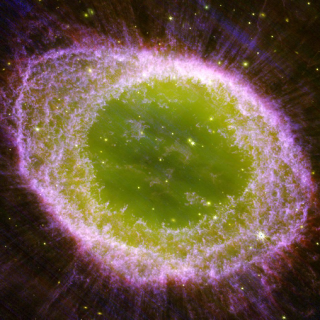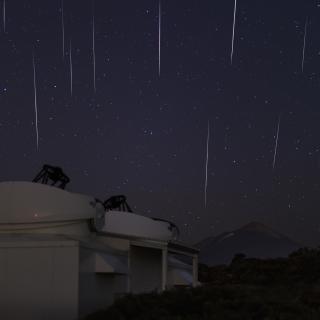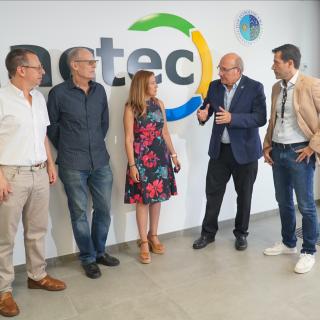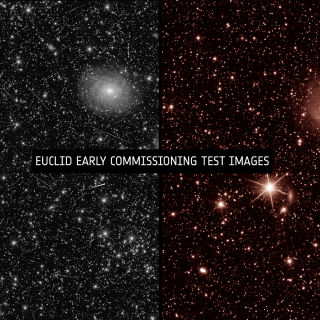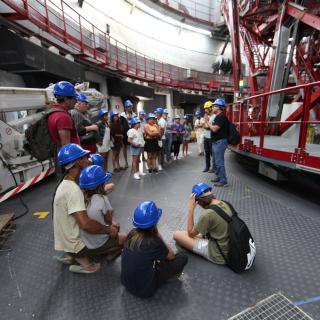
The Open Day in Garafía, which has been part of the programme of the municipality's Fiestas Patronales for many years, is an expression of the collaboration between the town of Garafía and the ORM.
Advertised on
This section includes scientific and technological news from the IAC and its Observatories, as well as press releases on scientific and technological results, astronomical events, educational projects, outreach activities and institutional events.

